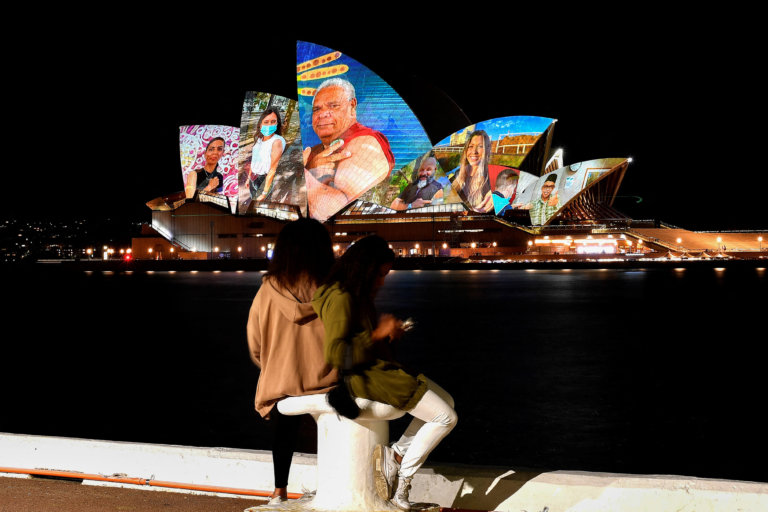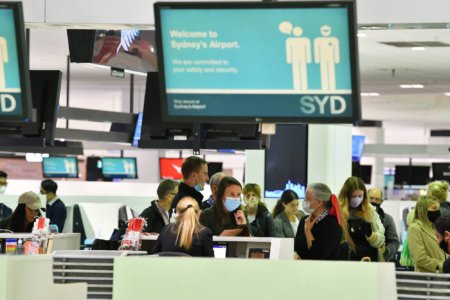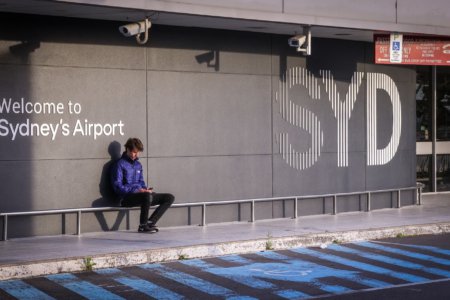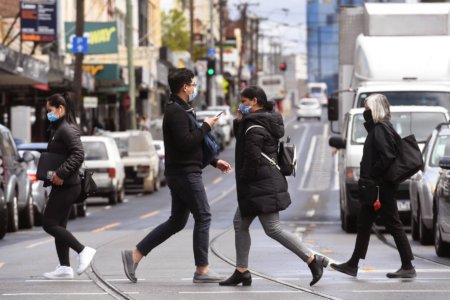
Reunited friends and family. Haircuts. Pubs at full capacity. These are sunny days in Sydney as it emerges out of lockdown after 106 days — and positive signs students can travel to Australia soon.
Australia is now in Phase A of its National Plan to transition Australia’s National COVID-19 Response, where international borders are closed to keep COVID-19 out. In an address on Oct. 1, Prime Minister Scott Morrison said the country could be moving to the next phases soon. To move from Phase A and B to the next phases, the country must have more than 80% of its adult population fully vaccinated.
“With first dose vaccination rates at over 78% and double dose rates nationwide at 55% and on track to reach 70% in some jurisdictions over the next week, our government has been finalising plans so Australian families can be reunited, Australian workers can travel in and out of our country, and we can work towards welcoming tourists back to our shores,” he said.
“Within weeks, large parts of the country will be moving to Phase B and then to Phase C of the National Plan to safely reopen Australia and to stay safely open. Under Phase C, international travel is on track to reopen safely to fully vaccinated Australian travellers. Many countries around the world have now safely reopened to international travel and it will shortly be time for Australia to take the next step.”
Whether or not students can travel to Australia soon would depend on how soon Australia gets to Phase D when international borders are set to fully reopen.

A giraffe looks out towards the Harbour Bridge at Taronga Zoo in Sydney on October 18, 2021, as the zoo reopened its doors to the vaccinated visitors after the lifting of Sydney’s lockdown restrictions. Source: Saeed Khan/AFP
Beyond this, reports show other positive signs of how sectors are ramping up to kickstart international travel and welcome students and travellers again:
1. More Qantas flights to travel to Australia soon
In the span of two months, Qantas has brought international flights forward three times in response to announcements by states and the Commonwealth relaxing restrictions. International flights were originally set to resume in mid-December — this was then pushed earlier to mid-November and to November 1, following NSW’s move to drop home and hotel quarantine for fully vaccinated international travellers from November 1.
“We have thousands of our pilots and cabin crew wanting to get back to work, and they will be thrilled at today’s announcement,” said Qantas CEO Alan Joyce.
“It will still be a long time before international travel returns to normal, but this is a fantastic start. Removing quarantine for the fully vaccinated is a sensible approach and brings New South Wales into line with many other global cities.”
2. Vaccination rate
As of Oct. 19, 2021, 69.2% of people over the age of 16 are fully vaccinated and 85.1% have at least one dose. NSW and ACT have over 80% of their adult population fully vaccinated. Victoria and Tasmania are on track to reach 80% in early November.
A “gradual reopening” of the international border for all parts of the country is linked to states and territories reaching 80% full vaccination rates.
3. Vaccine passports
The federal government is set to launch on Oct. 19, 2021 a vaccine passport that allows fully-vaccinated and Australian visa holders to “travel safely and with confidence” in and out of the country.
It will feature a secure QR code that can be scanned by border authorities to verify vaccination status.
The document meets the new global standard specified by the International Civil Aviation Organization and conforms with World Health Organisation guidance.
“The launch of the international proof of vaccination is a key step towards safely reopening international borders and supporting Australia’s COVID-19 economic recovery,” government ministers said in a joint statement.










